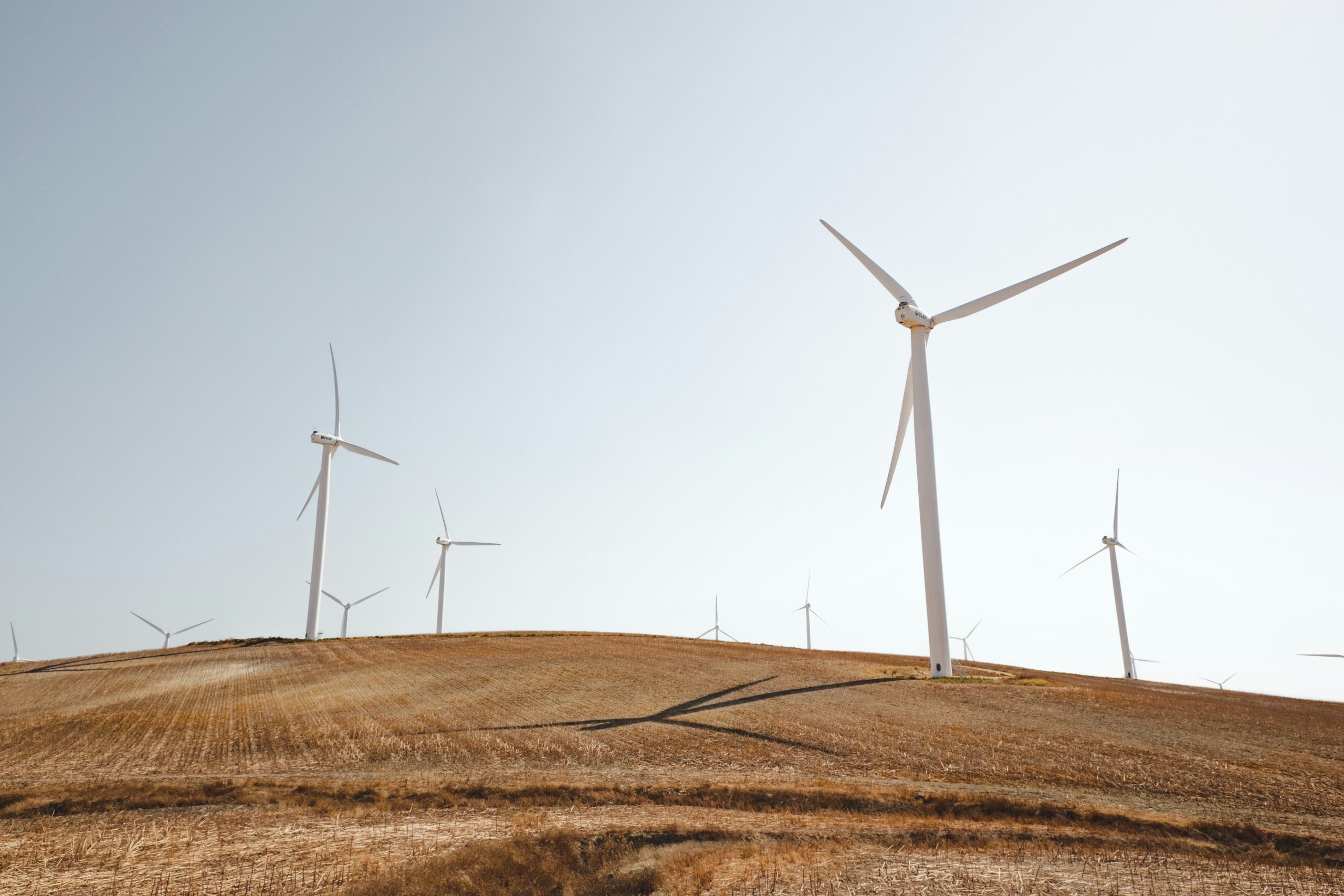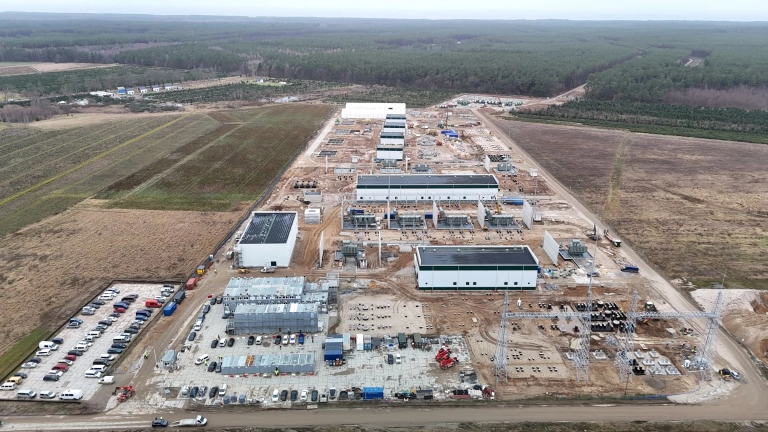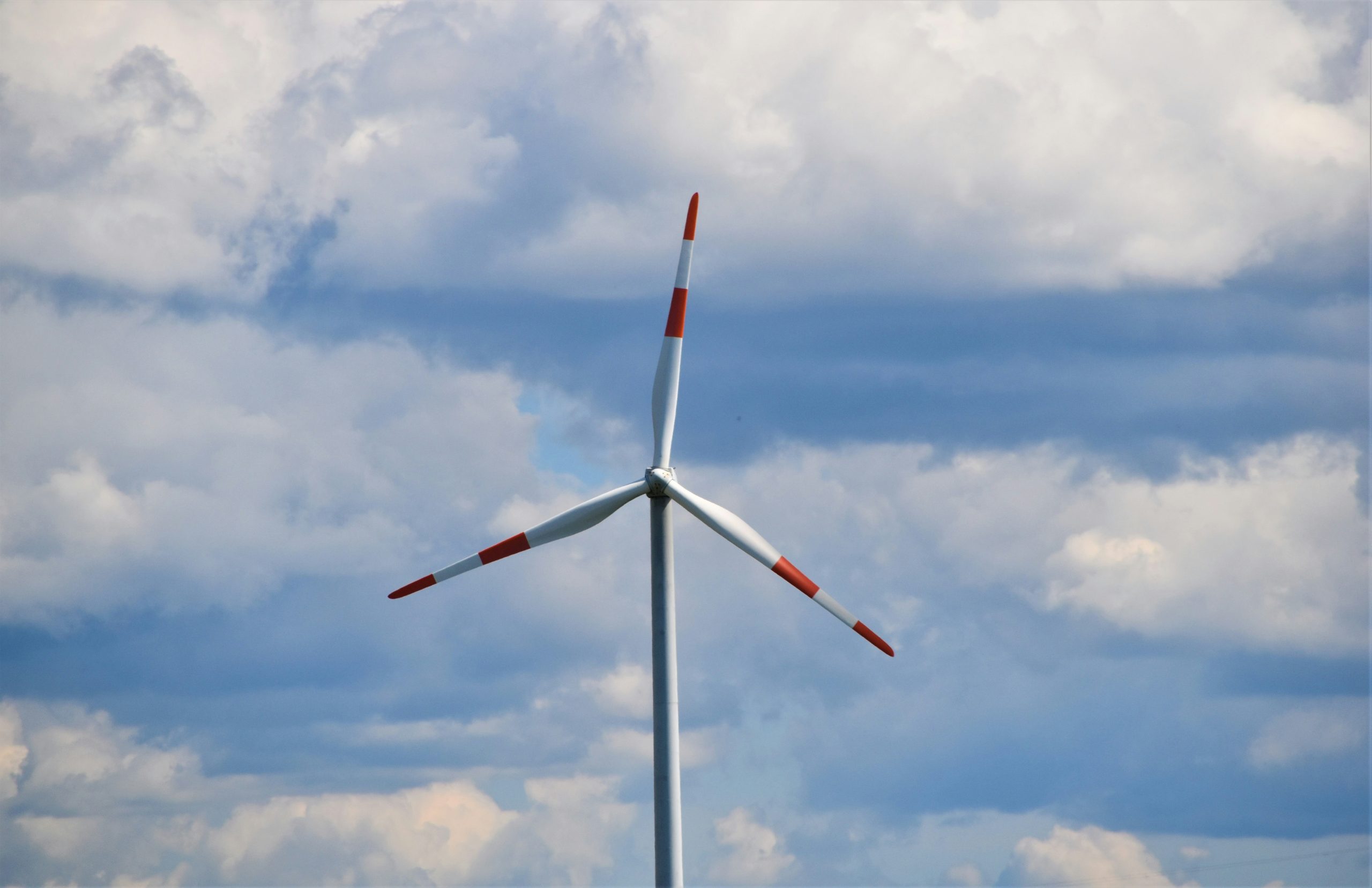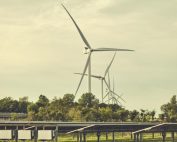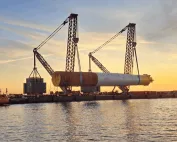In the Lubiatowo area, the first of four directional drills under the coastline, beach, and seabed has been successfully completed, with no direct impact on areas of high ecological value. This phase of the project paves the way for connecting the Baltic Power offshore wind farm to its onshore substation. The 1.4 km tunnel will house power transmission cables. The drilling was conducted using HDD (horizontal directional drilling) technology.
The completed section is the first of four underground corridors, designed to hold 30-cm diameter cables. This marks the first large-scale use of HDD technology in Poland. Part of the drilling operation took place offshore, utilising divers and a jack-up rig to complete the underwater section. In total, the drilling will result in the extraction of over 8,000 m³ of spoil from all four drills. According to studies commissioned by Baltic Power, the excavated sand is clean and suitable for beach restoration efforts, helping to repair storm damage sustained over the winter.
“Progress on Baltic Power, the largest renewable energy project in our region, is on schedule and already well advanced. We have completed the first and are carrying out further drilling for submarine cables connecting offshore substations to land. This is the first project of its kind in Poland and is unique compared to other offshore wind projects carried out in Europe,” said Jarosław Broda, Member of the Baltic Power Management Board.
“In Europe, shoreline crossing drills are typically shorter, and when they are longer, the drill diameter is usually smaller. For Baltic Power, we are undertaking a significant engineering challenge, drilling nearly 1.5 kilometres under dunes, the beach, and the seabed. It’s not possible to drill from just one side, but we are working to ensure minimal environmental disruption,” said Jens Poulsen, Member of the Baltic Power Management Board.
The project is being executed with the goal of minimising any inconvenience to local residents, tourists, and the environment. During the tourist season, heavy equipment is transported to the drilling site primarily at night, with vehicles traveling at 10 km/h under escort. In consultation with local authorities, the community, and members of the local tourism industry, it was agreed that the popular beach access path near the worksite will remain open, ensuring uninterrupted access for tourists and cyclists.
Meanwhile, approximately 8 km away in Osieki Lęborskie, construction is underway on the onshore substation. Together with the cable connection, this facility will receive energy from the Baltic Power wind farm and integrate it into the National Power Grid. The power line linking to the substation will also be installed underground. The onshore cable route has been designed in collaboration with other offshore wind farm investors to minimise environmental impact and avoid areas of high ecological value. The construction of the onshore substation (ONS) is already more than 40% complete, with full completion scheduled for the fourth quarter of 2025.
Baltic Power is one of the first projects in the world to install 15 MW wind turbines and the first in the world to have a significant portion of its turbine towers made of low-carbon steel. With completion in 2026, Baltic Power will be the first Polish offshore wind farm operating in the Baltic Sea, covering 3% of the country’s energy needs while reducing CO2 emissions by about 2.8 million tonnes per year.
Source: BalticPower
